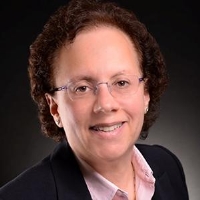
House fires can happen at any time, no matter how careful you are with fire prevention. Having a home fire escape plan offers peace of mind and a way to make sure your household can get out of your home safely. Knowing how to create one of these plans should be part of your fire safety and prevention measures. Keep the following tips in mind for setting up your home fire escape plan.
To determine the safest ways to leave your home in the event of a fire, it helps to have a drawing to reference. Draw your home's floor plan on a piece of paper, so you can clearly mark where house members should exit, depending on where a fire occurs. Label all the rooms on your floor plan, so everyone knows which rooms or areas to use.
Having one escape route might not help if a fire breaks out in an area you didn't plan for. Always determine two different escape routes for all household members. For example, where will your escape route be if a fire occurs on the upper level or the lower level? Planning this out in advance helps ensure each member of your household has a safe way to get out of the house no matter where a fire occurs.
Part of your fire escape plan should include deciding on a meeting place outside your home. Know exactly where to go once everyone's safely outside the house. Keep in mind this meeting place should be located far enough away from your home in case of a major fire.
Putting your home fire escape plan into practice can help you make changes to it as needed. When you run through these plans as part of a fire drill, you might notice certain escape routes don't work. You can then make adjustments to your home fire escape plan to improve it and ensure your household's safety. Practice your escape plan twice a year or more often if needed.

"Experience the DIFFERENCE!"
Pam is a top-ranking real estate broker with 40 years sales experience. Pam’s 30 years in real estate includes co-owning and operating Century 21 Carriage House (aka Century 21 Minuteman). Prior to selling real estate, Pam sold computers for the Hewlett-Packard Company. In addition to an MBA, Pam earned her Juris Doctor degree from Suffolk University Law School and is admitted to the Massachusetts Bar.
Pam offers her clients a level of expertise rarely found in real estate because of her background, education, and experience. She is now accepting new clients.